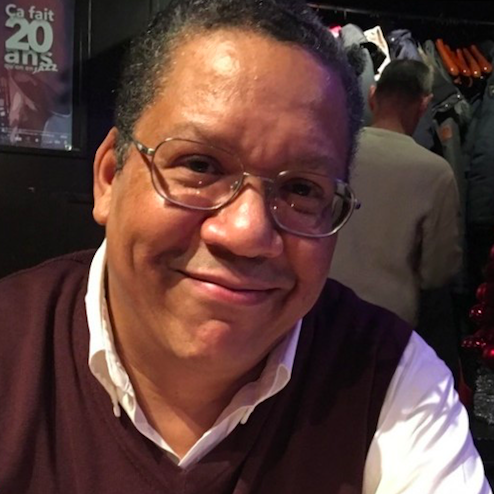
Microorganisms that thrive in some of the most inhospitable places on earth — carbon-dioxide-rich environments like volcanic vents and hot springs — could be the start of new carbon capture technology.
The microbial science company Seed Health recently discovered efficient, carbon-dioxide-eating cyanobacteria that outperform the microbes previously thought to be best for the task.
The findings are part of a collaboration with the Two Frontiers Project (2FP), which looks to advance human and environmental health with research on the oceans and space, and funded by Seed Health’s environmental research offshoot, SeedLabs.
The Intergovernmental Panel on Climate Change (IPCC) identified carbon uptake as crucial for mitigating climate change. “While there is no silver-bullet solution to climate change, we know that breakthroughs in carbon capture, along with many different technologies, will need to work and scale in tandem to make a meaningful impact,” Raja Dhir, Seed Health’s co-founder and co-CEO, told TriplePundit. “A first step to scaling microbial-based solutions is ensuring that the scientific community has access to data on beneficial microbes and their capabilities.”
That’s why Seed Health researchers collected over 1,000 samples from Sicily’s coast and Colorado’s Rocky Mountains. It’s the largest project of its kind, Dhir said.
The team collaborated with several universities for its first expedition near Vulcano, a small island off the coast of Sicily. They sampled water, sediment and other sources of microbial life around volcanic vents releasing carbon dioxide. Researchers took the samples to a lab and used them to culture microbes capable of consuming the most carbon. That’s when they found the never-before-seen bacteria that most efficiently captures the greenhouse gas.
With the support of the National Institute of Geophysics and Volcanology and the local community of Vulcano Island, the expedition was jointly lead by researchers from the University of Palermo, Harvard Medical School and Weill Cornell Medical College.
Researchers are looking to identify these microorganisms not only because of the need for carbon capture, but also because they can adapt to survive in places where humans never could, said Braden Tierney, executive director of 2FP.
“It made sense to go, ‘Well in extreme environments where there are a lot of CO2, we might find microbes that have adapted to live off it, let’s go look for them,” Tierney said. “Because you're capitalizing on 3.8 billion years of evolution. That’s how long these things have been learning to survive.”
Tierney describes the microbes as “nature’s alchemists” because they absorb compounds like CO2 and produce things that might be useful to humans like energy and bioplastic made from renewable resources.
The 2FP team is creating an open-source “living database” of extreme microbiomes that combines DNA-sequencing data with thousands of distinct environmental and biological samples, Dhir said. This database will be accessible to the scientific community so researchers can reference the stored samples to culture additional organisms of interest.
“What that means is we have these freezers filled with bacteria and organisms that have been enriched in high-CO2 environments,” Tierney said. “When we can sequence them, that means we can look at their genomes and say, ‘Wow, this is a really interesting enzyme for capturing CO2 that maybe has never been characterized before.’”
Using this approach to preserve valuable data and material for future research and development has never been done at such a scale in this branch of microbiology, Dhir said, and only time will tell the extent of its impact.
Image credit: Ousa Chea/Unsplash

Gary E. Frank is a writer with more than 30 years of experience encompassing journalism, marketing, media relations, speech writing, university communications and corporate communications.














